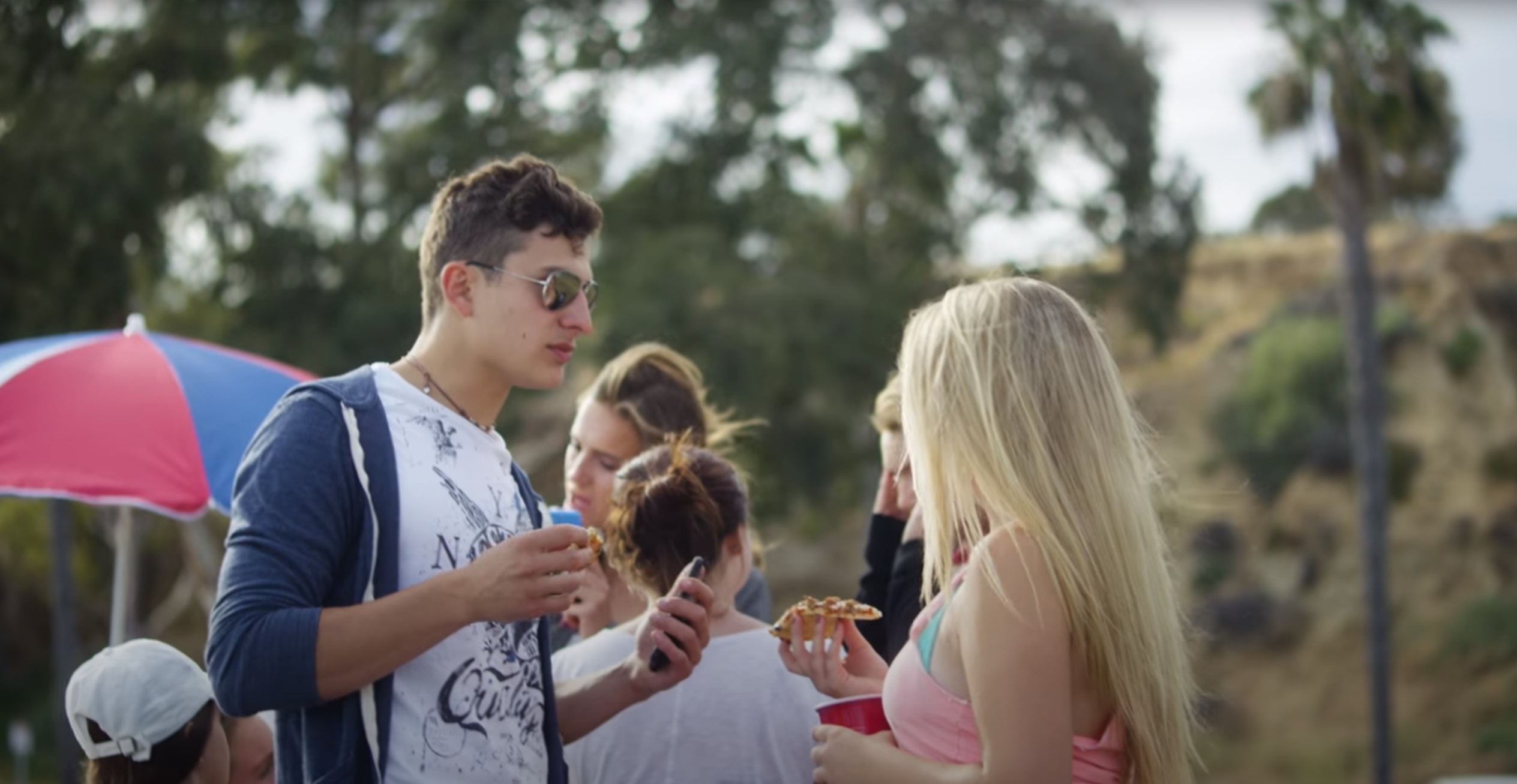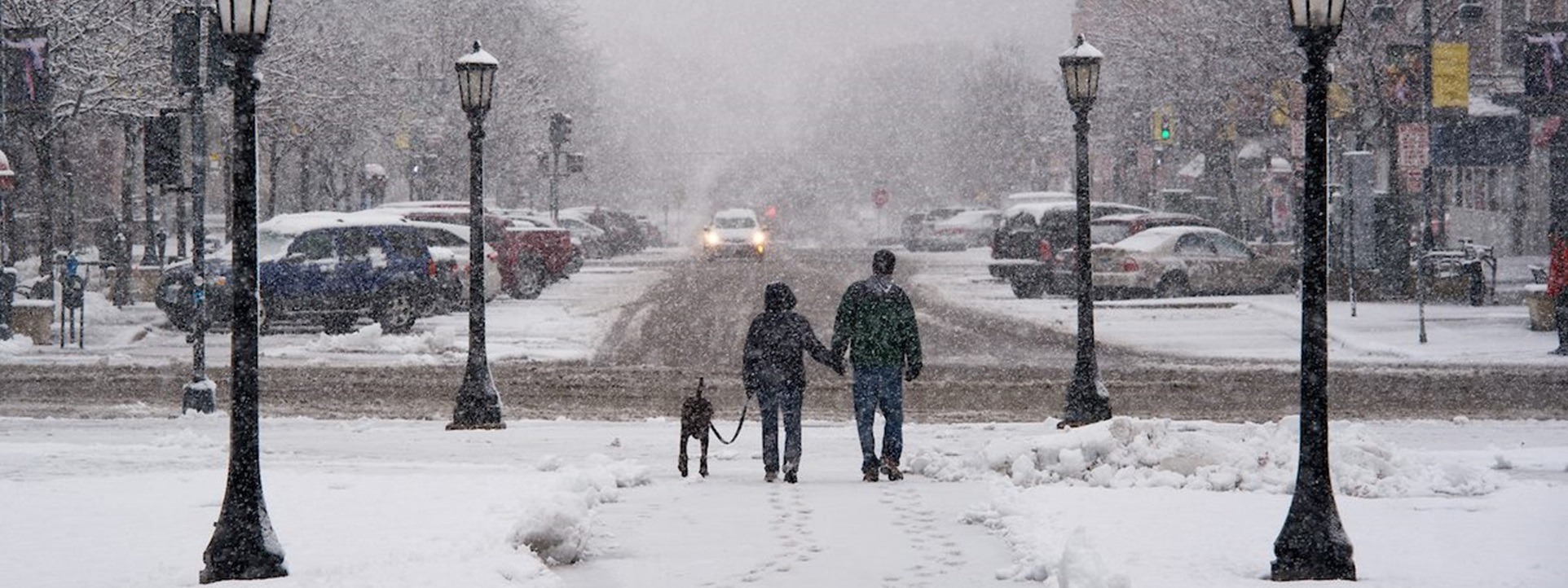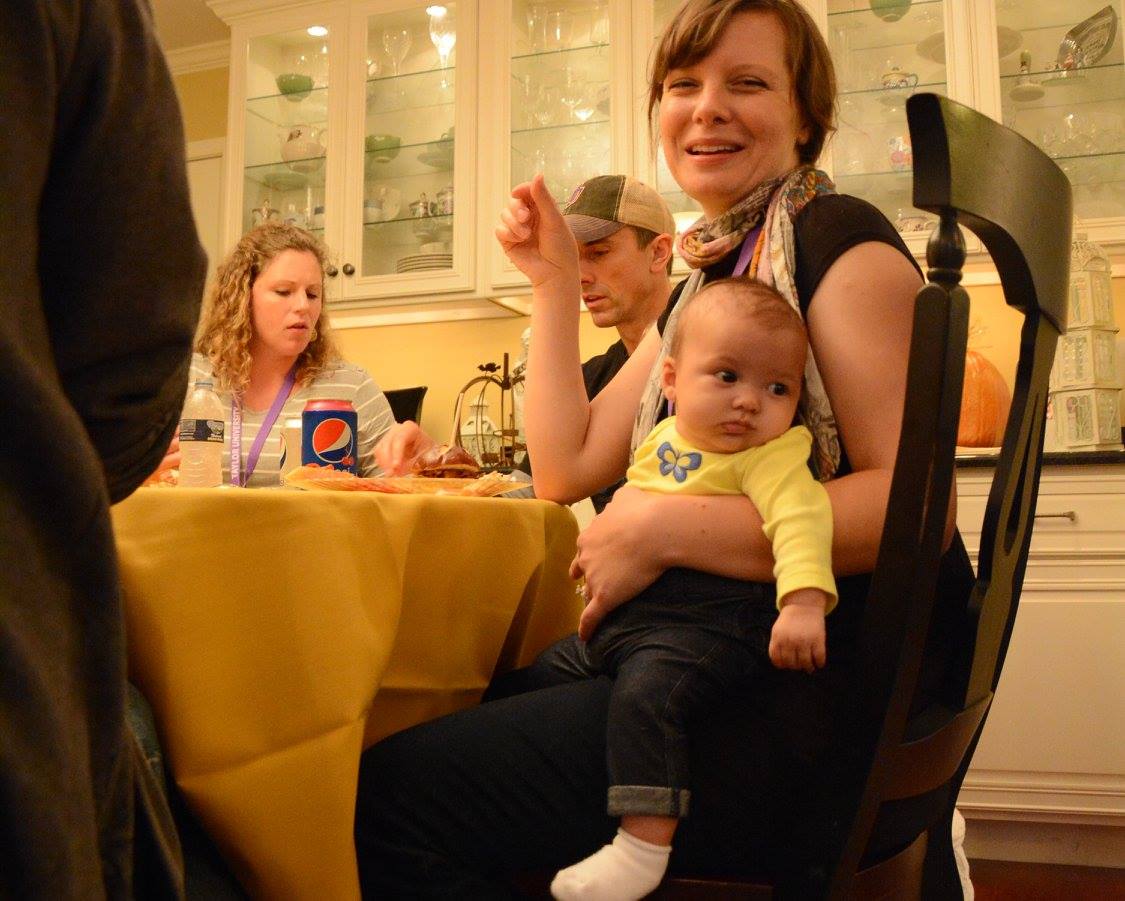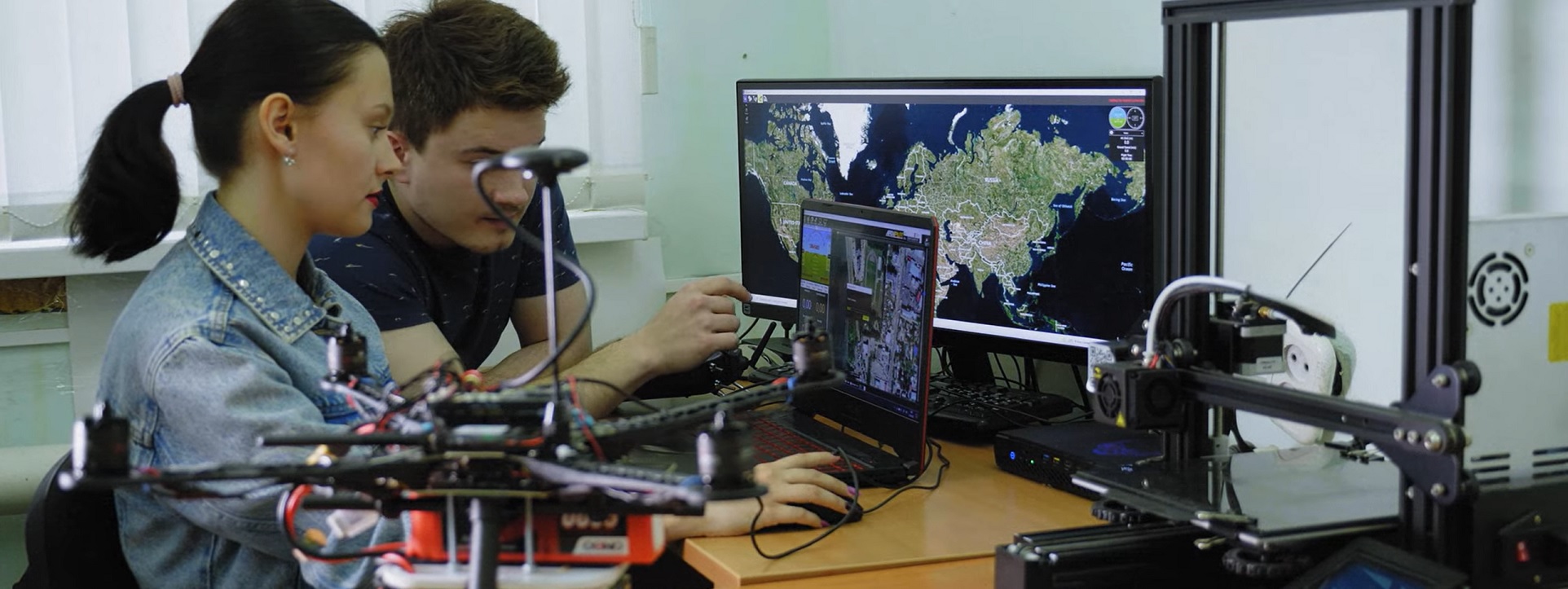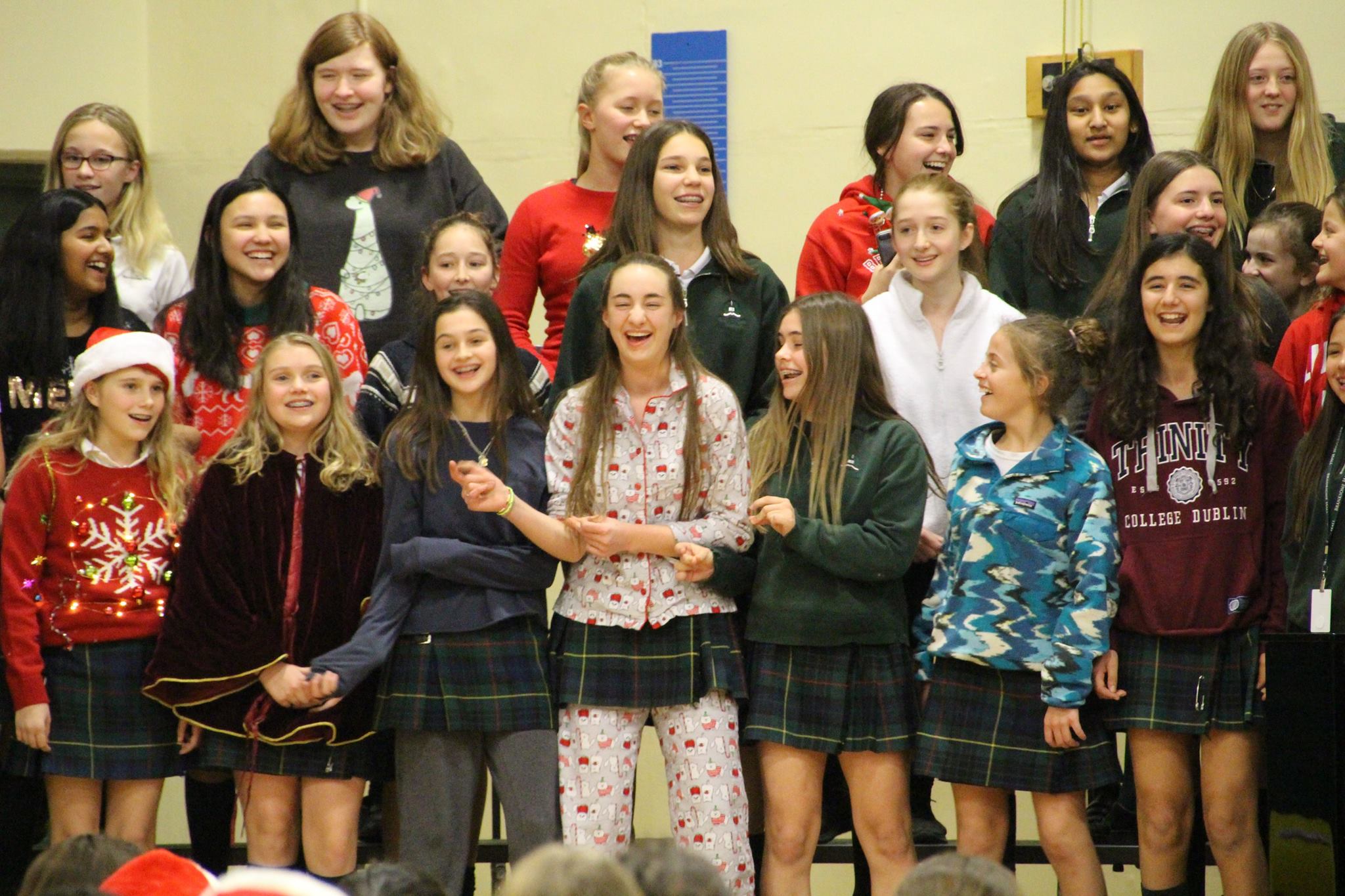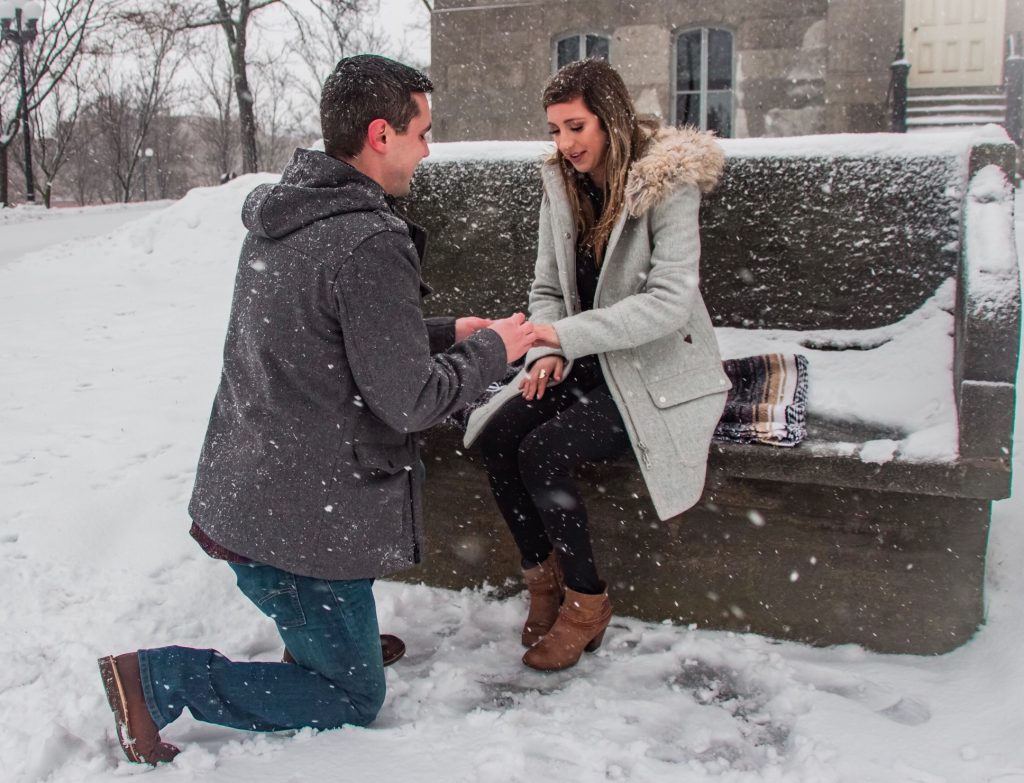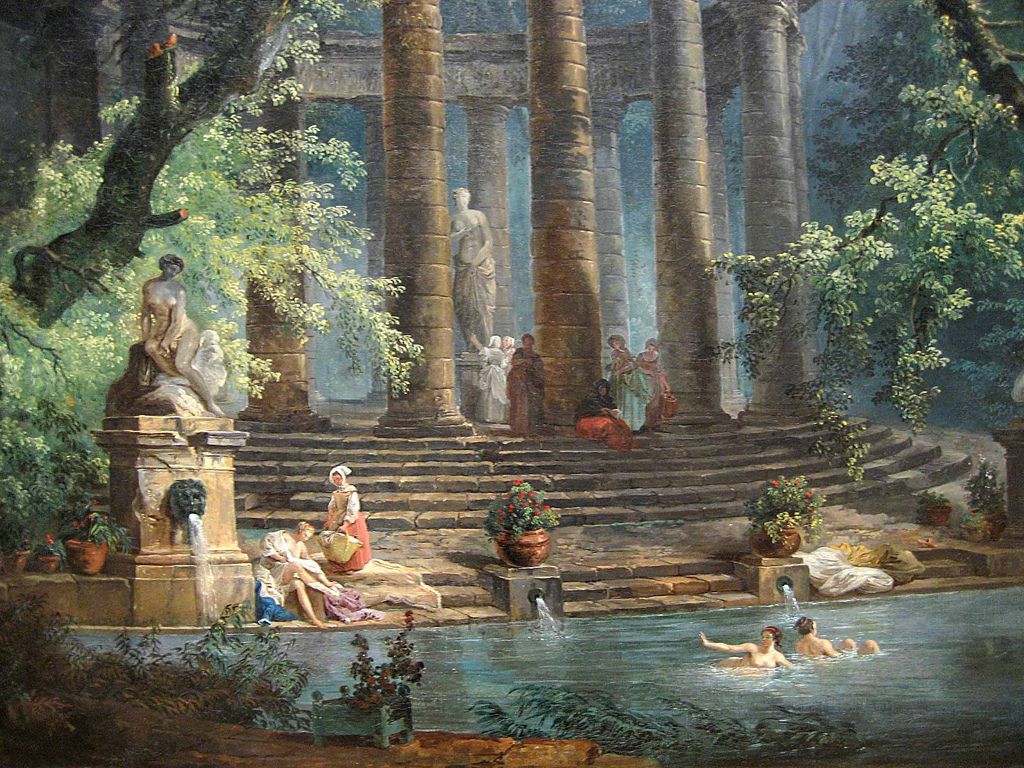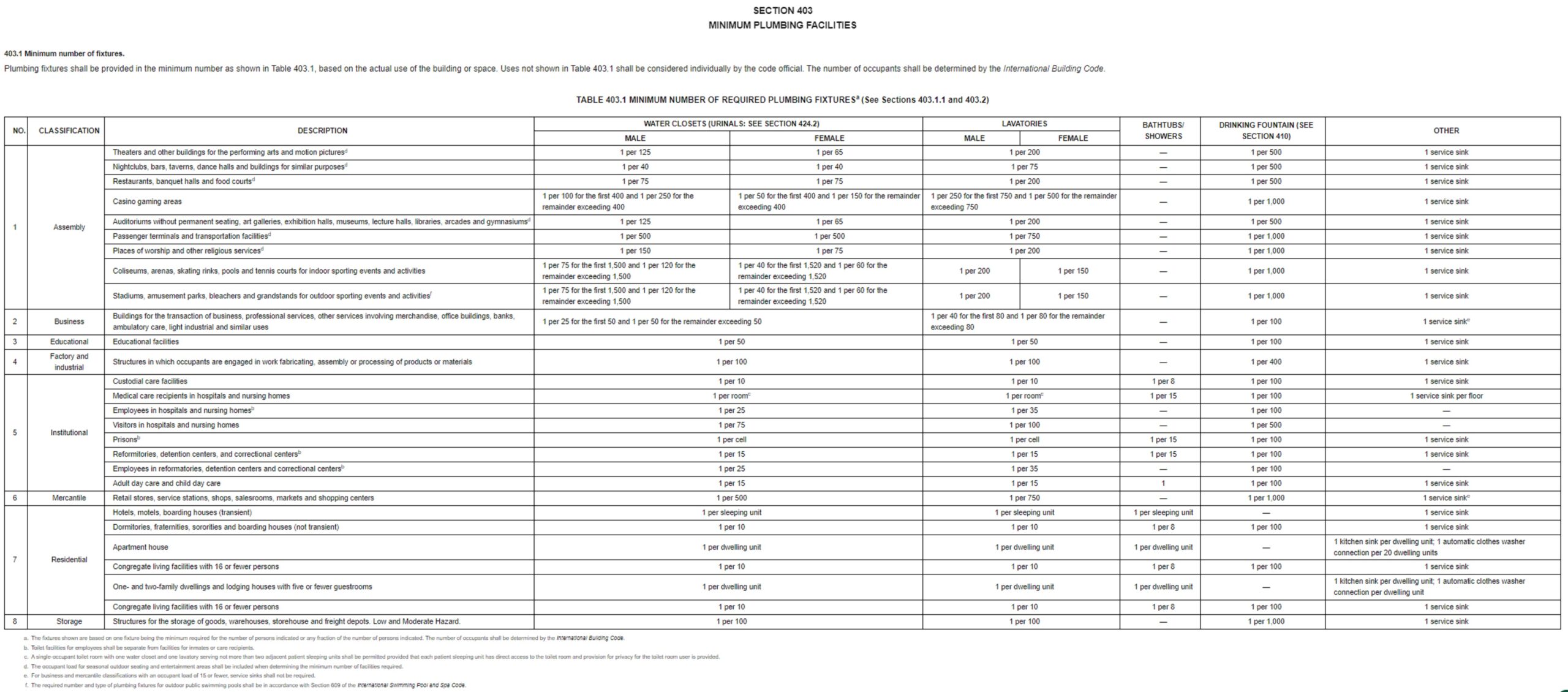The crossover was inevitable — wine inspired coffee. Respecting today’s release of Beaujolais Nouveau in the Vallée de la Saône we reflect upon “enlightened” coffee varieties and preparations that classically “pair” with wine — either as contrast or complement. Anaerobic or carbonic-maceration coffees (very “winey” ferments). Many modern specialty lots taste like red fruit jam, Concord grape, or even Lambrusco. As with the wine itself: not for coffee snobs.
Beaujolais Nouveau is a young, light, fruity red wine made from Gamay grapes in the Beaujolais region of France (just south of Burgundy). Unlike most red wines that are aged for months or years, Beaujolais Nouveau is rushed from the vineyard to the bottle in just 6–8 weeks using a special fermentation technique called carbonic maceration (which gives it its signature banana/strawberry/candy-like flavors).
By French law, it cannot be released before one minute past midnight on the third Thursday of November. This has turned the release into a global marketing event that started in the 1970s–80s:
- At midnight, the phrase “Le Beaujolais Nouveau est arrivé !” (“The Beaujolais Nouveau has arrived!”) is shouted in bars, restaurants, and wine shops.
- There used to be literal races (by car, helicopter, hot-air balloon, etc.) to get the first bottles to Paris and later to cities around the world (Tokyo, New York, London…).
- It’s marketed as a fun, unpretentious “party wine” meant to be drunk young and slightly chilled.
Reputation today
- Serious wine lovers often look down on it (it’s simple and can taste artificial to some).
- But millions of people still love it as the unofficial kickoff to the holiday/winter drinking season — a light, festive, easy-drinking red that says “the new vintage is here!”
Beaujolais Nouveau Day celebrates the year’s freshest, fruitiest red wine released with maximum fanfare and zero pretension.






